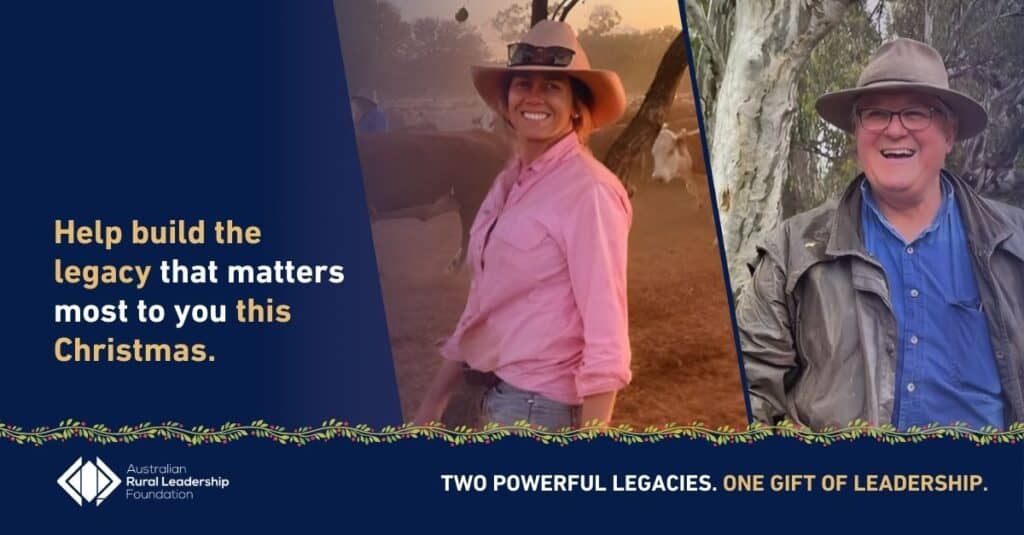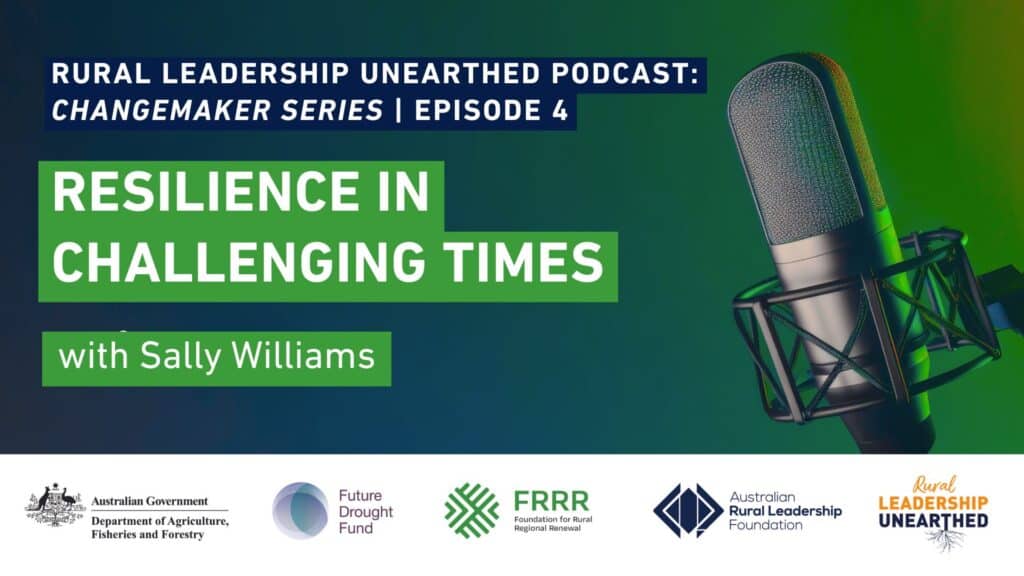Jody Brown does life at a fairly rapid pace. She doesn’t say as much, but the signs are all there.
She sounds almost guilty as she admits to having just been for a ride on her horse, as if she should have been busy at something else. But the Central West Queensland grazier does more than enough.
She has a 13-month-old daughter, Violet. She works alongside her parents and brother on the family’s grazing operation, which spans three properties. And she’s created from the ground up a peer-to-peer support network that focuses on improving drought resilience through implementing regenerative principals.
Working on Latrobe and Allington Stations, 45,000 acres of grazing country, has given Jody plenty of insight into the realities of drought.
She said while Longreach had been drought declared for more than 15 of the past 20 years, it wasn’t until she was left holding the fort that her concerns about climate change and the ever drying seasons spurred her further into her regenerative agriculture journey.
Jody’s parents purchased a property on the Fraser Coast as part of their climate risk strategy and moved there for a year to get it set up.
“When mum and dad were away and it was just me here, we were getting record heat waves and it was becoming more and more important to me to do what we could to prepare for the next onslaught,” Jody said.
“Which meant knowing I could have let the sheep eat it, but with way the seasons had been going I wanted to protect the soil so if we did get rain at the right time of year for germination – particular Mitchell grass seedlings – there were other plants there and they had the best chance to survive.”
Jody’s year of trialing techniques, such as moving stock more frequently and being conscious of spelling country, produced positive results and she knew it was time for more change.
“It was a combination of ”this appears to be working” and me reaching a point where I was no longer willing to carry on managing under those conditions if I wasn’t able to pursue those principals. I was becoming increasingly concerned about temperatures and the way seasons were going, so for me to be comfortable that the operation was sustainable we needed to implement new practices,” she said.
Which brought Jody to the Drought Resilience Leaders Development Program (DRLDP) – an opportunity to expand both her networks and her knowledge.
“In the team building exercises, I found myself networking with people I would have never met, let alone worked with. I learnt a lot from that, and it was a great reminder not to throw the baby out with the bath water. Even if we have ideological differences, there can still be some interesting synergies that come from those interactions.”
When Jody first started the DRLDP, she knew she wanted to expand on her idea with a focus on climate action and using regenerative agriculture to look after the country better.
The Regenerative Rangelands project was a brainchild of Jody’s which had formed prior to her completing the DRLDP, but the program allowed her to kick it into gear.
“The project is about peer-to-peer learning to help build confidence with your decision making – it is one thing for me to say “I think this will work” and put it to my folks to do it, but do I have the experience to make the call? I’ve heard about it and read about it but I don’t have a wealth of experience, so surely other local producers are in the same boat,” Jody said.
Jody teamed up with fellow DRLDP alum Andrew Cochrane, Belinda Rowbotham, Ally Murray and Bruce Alexander, and they used their Community Extension Grant funding to build the Regenerative Rangelands project.
It started online, with a Facebook page and then YouTube and Instagram channels, before growing to a two-day field day and forum, a landscape rehydration demonstration trial site and a whole suite of digital media resources.
“Different people engage in different ways – older graziers are more face to face, whether that be meetings or events or field days, whereas some young graziers are time poor and more comfortable and adept at finding their tribe online,” Jody said.
Having done a Bachelor of Fine Arts – film, TV and digital production with a minor in creative writing, Jody believes in the power of storytelling and its importance.
Which is one of the reasons she embarked on a road trip with a filmmaker and then five-month-old daughter Violet, interviewing graziers and indigenous owners in the central west and south west of Queensland, capturing footage which would aid the Regenerative Rangelands network.
And now thanks to the networking Jody has done through the DRLDP, the project continues to grow.
“I ended up in communications with the local DAFF extension officer and she helped to run the field day and out of that she understands what I am trying to achieve and she is interested in setting up a producer group to meet on a semi-regular basis who have similar goals,” Jody said.
“And Ally Murray, who I worked with on the DRLDP project, put us onto another drought resilience grant, and now Latrobe and Allington will be producer demonstration sites using satellite tech and other software to implement regenerative practices and they want to have another field day.”
The networking opportunities the DRLDP facilitated has Jody thinking the sky – rain clouds or not – is the limit.
“It shows the power of someone giving you a little nudge – I was going to do my own little finite project, and then I found people who were interested in the same thing.”
“I hope to get Regenerative Rangelands to a point where it is self-sustaining in the longer term – once we’ve put in the work, if we still have to prop it up it’s not successful – it should take on a life of its own.”






